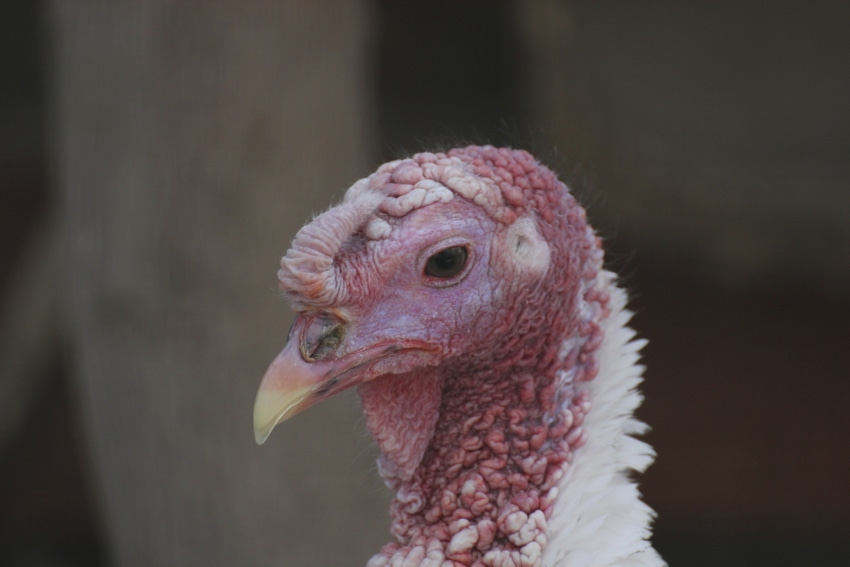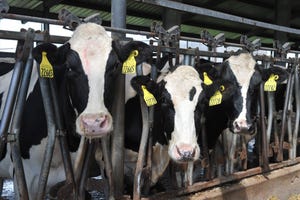More U.S. turkey operations contract avian flu
South Dakota, Minnesota and California confirm the virus.

USDA’s Animal and Plant Health Inspection Service (APHIS) has confirmed three more turkey operations in South Dakota, all in separate counties, have tested positive for highly pathogenic avian influenza (HPAI). An operation in Beadle County had 51,100 birds, while operations in Clark and Hanson Counties had 31,100 and 13,400 birds, respectively.
California also logged its first fall 2023 case after a commercial turkey operation of 31,600 birds in Merced County, California, tested positive for the virus.
Meanwhile, Minnesota reported three new cases in a 34,400-bird turkey flock in Meeker County, a 11,900-bird turkey operation in Blue Earth County, and a 53,700-bird turkey operation in Kandiyohi County.
Including two commercial turkey operations in Iowa, a total of 325,500 turkeys were affected during the week of Oct. 23-27, USDA numbers show.
Iowa Gov. Kim Reynolds has signed disaster proclamations both for Pocahontas County and Buena Vista County to allow state resources from Iowa Homeland Security, the Iowa Department of Agriculture and Land Stewardship, and other agencies to assist with tracking and monitoring, rapid detection, containment, disposal, and disinfection. The proclamation also waives regulatory provisions related to commercial vehicles responding to affected sites.
According to USDA numbers, 59.7 million birds have been affected by the virus since the initial case was reported in early 2022.
HPAI is highly contagious and can travel in wild birds without those birds appearing sick. However, it is often fatal to domestic bird populations, including chickens and turkeys. The virus can spread through the droppings or the nasal discharge of an infected bird, both of which can contaminate dust and soil.
Signs of HPAI may include:
Sudden increase in bird deaths without any clinical signs
Lethargy and/or lack of energy and appetite
Decrease in egg production
Soft, thin-shelled and/or misshapen eggs
Swelling of the head, eyelids, comb, wattles, and hocks
Purple/blue discoloration of the wattles, comb, and legs
Difficulty breathing
Coughing, sneezing, and/or nasal discharge (runny nose)
Stumbling and/or falling down
Diarrhea
Additional information is available from APHIS here.
About the Author(s)
You May Also Like





